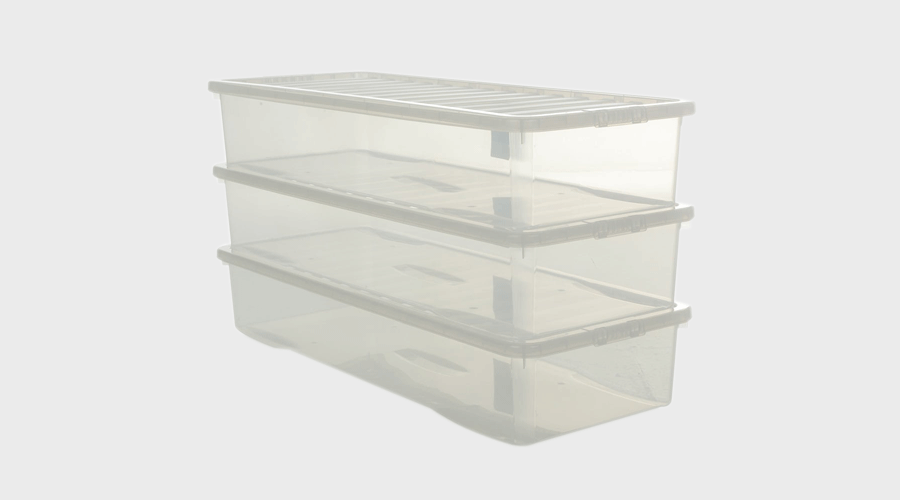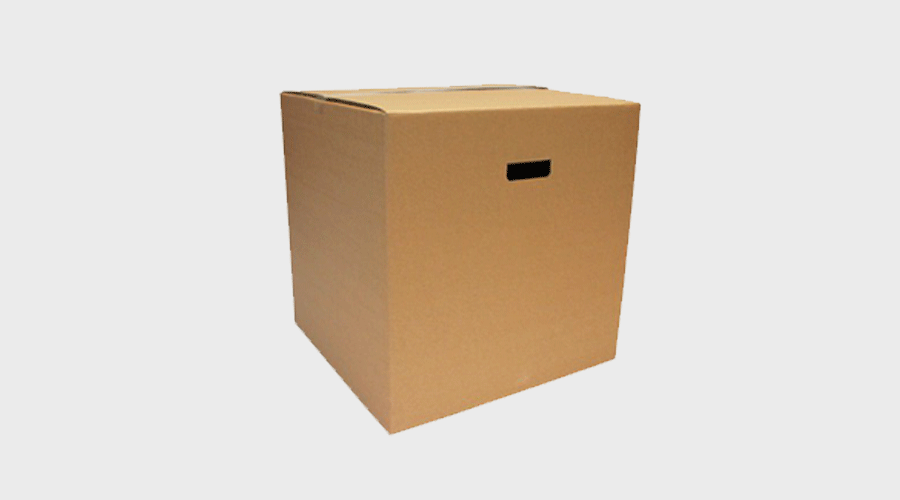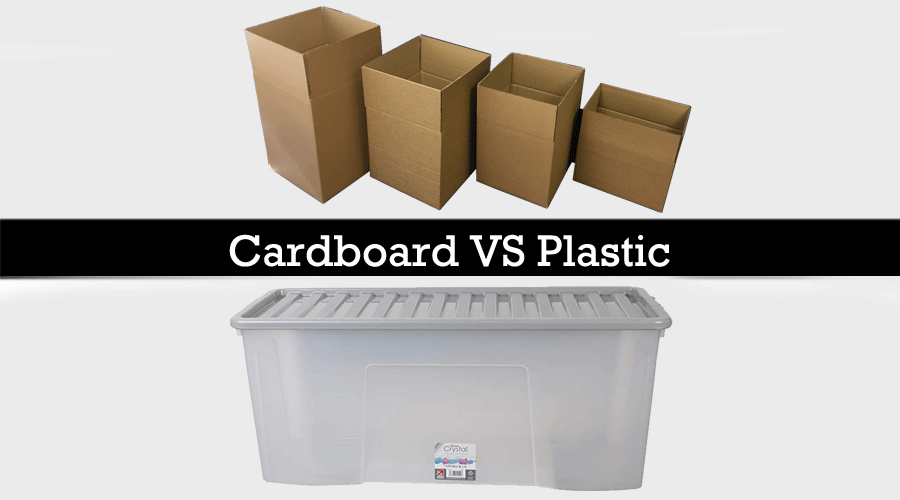- July 5, 2021
- Posted by: Wabs Print
- Category: Information

It is difficult to decide between plastic and cardboard packaging. Although it seems like a simple argument, you might be surprised at the results when you compare plastic and cardboard packaging head to head.
It would make the world a lot better if we replaced all plastic packaging with Cardboard. However, you might not realize the complexity of the plastic vs. cardboard packaging debate.
Cardboard is made from trees that can easily replant. It’s also easy to recycle and naturally decomposes. Plastic is made from oil and can be difficult to recycle. It also never, ever breaks down. Some of the results may surprise you when we compare plastic packaging with cardboard packaging.
We need to make educated decisions about which of the two options is best for us.
Let’s dig deeper and try to find answers.
The Raw Materials are where it all begins:

We need to know more about the origins of the raw materials used in plastic packaging and how this impacts the environment.
Plastic is made from fossil fuels. Which usually takes the form of crude oil and sometimes natural gas. Plastic manufacturing currently consumes about 12% of global oil supplies. However, our dependence on plastics will likely continue to fuel the demand for crude oil.
Polyethylene is the most widely used plastic packaging in eCommerce, including envelopes, protective covers, and bubble wrap. This material is made from oil or gas through industrial heating, cooling chemical treatments, and mold making before it reaches its final form. Although plastic manufacturing seems complicated and expensive, it is possible to produce large quantities of cheap material on a large scale.
In the EU, around 90% of plastic comes from virgin fossil fuels and only 9% recycled materials.
Cardboard is made of paper that comes from trees. Trees can grow again and are thus renewable. However, it depends on whether they sourced them from deforestation or sustainable wood has grown for manufacturing.
For papermaking, trees are chopped down and made into wood chips. These chips can then be boiled in water or mixed with chemicals to make pulp. The pulp is then spread on large, flat screens to remove water and make paper. Finally, two layers of matte paper are attached to each side of a corrugated sheet to make Cardboard. A fully grown tree can yield enough paper to make approximately 150 large cardboard boxes.
Around 55% of all Cardboard worldwide is still made from cutting down trees. However, the majority of logging now takes place in controlled, sustainable ways. Two international organizations that help consumers and retailers identify sustainable paper products are the Forest Stewardship Council (FSC) and the Program for the Endorsement of Forest Certification (PEFC).
Both Cardboard and plastic packaging are dependent on natural resources. However, it can regenerate oil and trees.
The paper industry is one the most sustainable in the world. As a result, there’s a greater emphasis on responsible logging and waste reduction.
Plastic is made from primarily crude oil and natural gases, which is bad for the environment. It also accelerates the decline of non-renewable resources.
Manufacturing’s Carbon Footprint

Also, carbon emissions from the production of plastic packaging and Cardboard must be considered. This includes the manufacturing process and the greenhouse gases released during the sourcing of raw materials and emissions when disposing of the end products.
Plastic production accounts for 3.8% of global greenhouse gas emissions, almost twice the entire aviation industry. Plastic manufacturing would be the fifth-largest emitter of greenhouse gases in the world if it were a nation.
It takes much energy to produce cardboard and paper products. However, the industry’s global carbon footprint is only 1%. This is due to the use of renewable energy sources like biomass, biogas, and hydroelectricity. In addition, many paper and cardboard factories make use of their waste products to fuel their operations.
France’s cardboard federation estimates that 1-ton Cardboard will produce 538kg CO2 over its lifetime. This includes transport and manufacturing costs, as well as disposal.
Plastic can be made using a more efficient process that uses around 40% less energy than traditional Cardboard while producing less waste. In addition, plastic packaging seems to be more carbon-efficient than cardboard packaging, but we must also consider what happens after it is made.
Plastic is primarily made from crude oil. This oil has a large carbon footprint because of its refinement and transport demands. As a result, plastic is often not recyclable and ends up in landfills or waterways. In many cases, industrial incinerators are also used.
Some plastic from discarded items can be used in “waste to heat” plants, which convert it into fuel. However, much plastic waste is incinerated and released into our atmosphere as a toxic gas.
All of these factors being considered, plastic can have a carbon footprint of up to 6kg per 1kg of plastic produced – roughly 12 times greater than Cardboard.
Plastic is more efficient than Cardboard in terms of manufacturing and produces less waste. Plastic’s carbon footprint is largely due to the transportation and extraction of raw materials, namely oil and natural gas. Incineration produces much higher emissions than plastic which is quite common.
Cardboard manufacturing is a highly recycled process that often uses renewable energy. These factors are combined with a high rate of end-of-use recycling, and Cardboard has a significantly lower carbon footprint.
Plastic vs. Cardboard Packaging: How Much Does It Matter for Transport?

One factor that is often overlooked when comparing the eco-credentials for different retail packaging is weight. This has an impact on fuel emissions and transport.
Plastic is very popular because it’s lightweight, strong, flexible, and inexpensive to make. On the other hand, Cardboard is much heavier and bulkier and presents challenges in transporting and storage.
For example, if you have an eCommerce store selling clothing, you might be able to choose between small corrugated boxes and thin plastic mailers.
A small cardboard box may weigh between 80 and 100 grams, while a smaller plastic mailer might weigh only two grams. This means that while 10,000 cardboard boxes may weigh as much as 1,000kg for packaging distributors, the equivalent number of plastic mailers could weigh as little as 20kg.
This weight difference can significantly impact transport costs, fuel consumption, and eventually – CO2 emissions.
Plastic outperforms Cardboard in transporting goods, thanks to its extremely low weight-to-strength ratio.
The rise of electric vehicles will reduce CO2 emissions across all transport modes, especially when shipping heavy cardboard and paper products.
For eCommerce companies, the key message is that reducing the thickness of cardboard and plastic packaging can play a crucial role in reducing greenhouse gases emissions.
The benefits of recycling: more than meets the eye.
Recycling is a good thing. It reduces our dependence on natural resources and allows us to reuse existing materials.
There are many other benefits to recycling, however. These include significant energy and water savings.
For decades, paper and cardboard recycling is commonplace. As a result, many consumers expect packaging made with a high percentage of recycled materials.
Recycling 1 ton of Cardboard takes 25% less energy than making it with new materials and 50% less water.
Recycling plastic is more efficient than ever, as 1 ton of it requires between 65% and 88% less energy to make than from new materials. Although exact figures on water consumption are difficult to find, it is known that much water is used in plastic cleaning and cooling during recycling. Although they have not been widely adopted, some companies have developed plastic recycling methods without any water.
